LPO
The Gironde Estuary and Pertuis Sea Marine Natural Park has commissioned the LPO (Bird Protection League) to coordinate nesting monitoring of the Kentish Plover (Charadrius alexandrinus) along the entire coastline of this marine protected area which stretches from the Médoc in Gironde to the Payré Estuary in Vendée.
Activities
Learn more
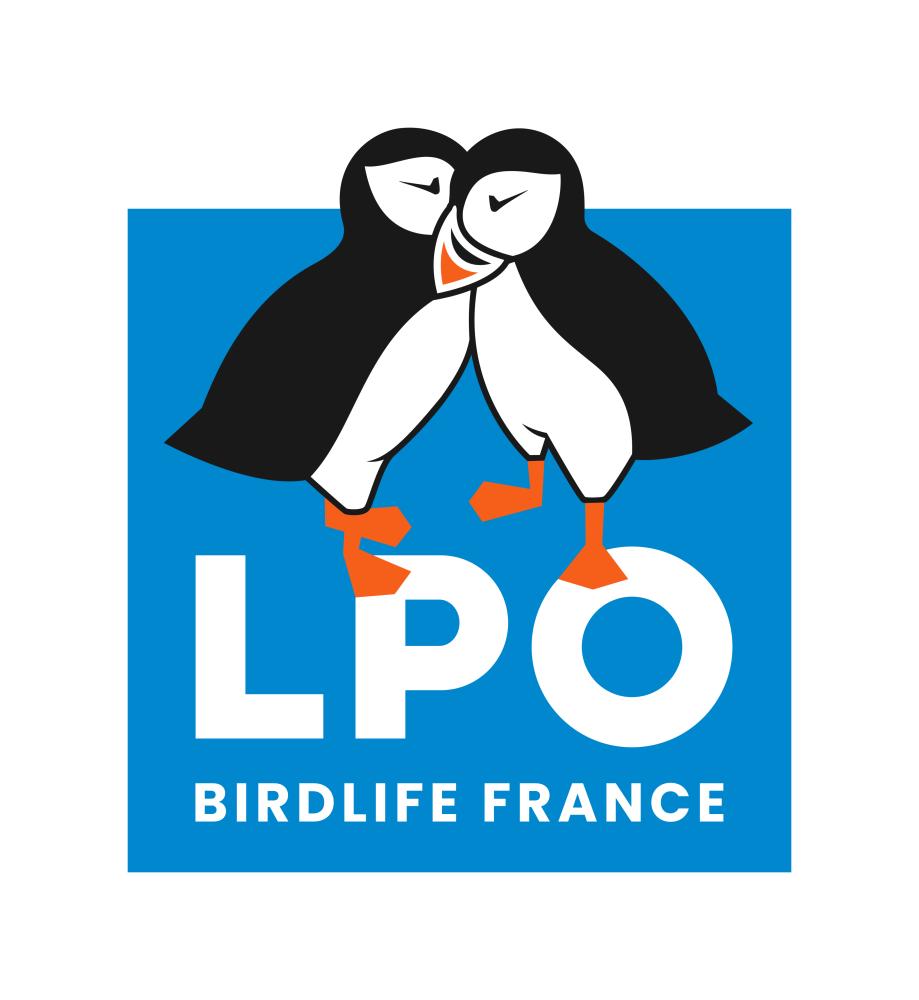
This small wading bird measuring less than 20cm and weighing barely 45g, takes its name from the incomplete collar of brown-black feathers around its neck. It feeds mainly on insects and invertebrates (small crustaceans, marine worms, mollusks) found in the beach wrack, an ecosystem made up of natural debris deposited by waves with each tide.
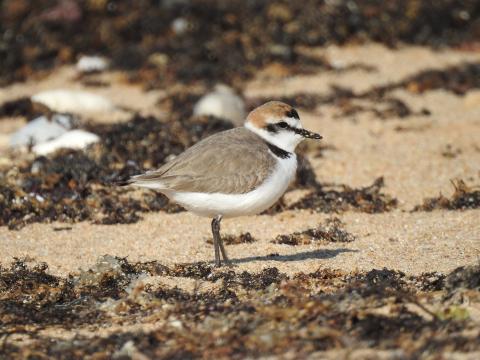
The female lays 2 to 3 eggs on the ground on the upper beach between April and July. The way the eggs and chicks mimic their environment makes them very difficult to spot and therefore extremely vulnerable to trampling and disturbance, especially at a time of year when tourist activity on the beaches intensifies. Nests can be destroyed by people walking on the beach, unleashed dogs, motorized vehicles, or mechanical beach cleaning. Breeding pairs can also be disturbed while incubating: there is a risk of nest abandonment, and if the eggs are not incubated for several days, there will be no chicks!
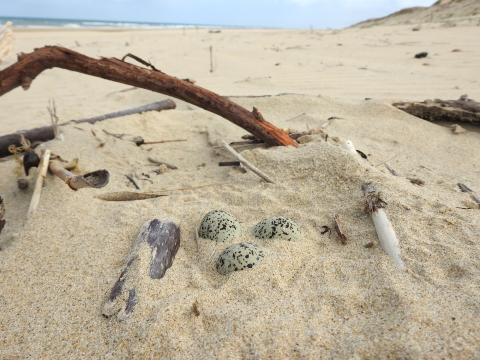
Eggs laid on the sand © Elisa Daviaud 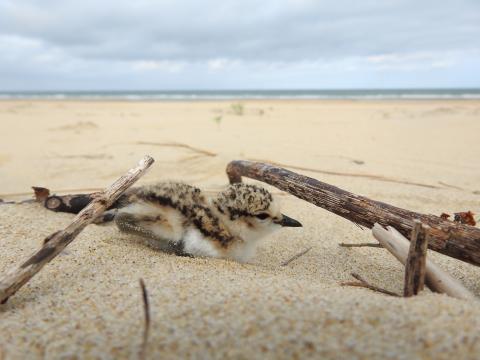
Chick © Elisa Daviaud
In Charente-Maritime, 80 pairs of this shorebird nest and breed mainly on the beaches of the Arvert Peninsula, located near the Zoo de La Palmyre, as well as on Oléron Island. The species is classified as Vulnerable on the Red List of Threatened Birds in mainland France due to the loss and degradation of its nesting habitats. The proliferation of human activities on beaches and the abandonment of salt marshes have significantly reduced the number of breeding sites available for the species which is confined to coastal environments. The Kentish Plover is protected at the national and European levels and numbers approximately 1,500 breeding pairs throughout mainland France. With 200 breeding pairs recorded, the Marine Natural Park is home to more than 10% of the total breeding population found in France!
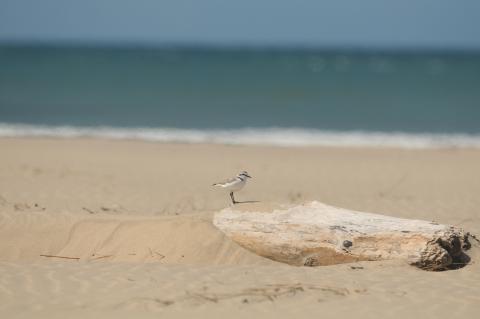
To protect the nests from trampling, the LPO monitors the population during its breeding season throughout the protected area. When necessary, it installs protective enclosures with signage and information in high traffic areas that pose a significant risk of nest destruction through accidental trampling. It also organizes awareness campaigns for beach users, advises and supports organizers of sporting and cultural events, trains volunteers to field surveys, and conducts environmental education activities.
Here are some useful tips to reduce your impact on this species that lives on our beaches and save its chicks:
• Stay on marked trails,
• Keep your dog on a leash,
• Avoid the upper reaches of the beach and sand dunes,
• Focus on the water's edge for your activities,
• If you see a bird on the ground that appears injured or is repeatedly calling, move away as quickly as possible, as this is a diversionary tactic by an adult intended to keep you away from the nest or chicks,
• Avoid marked areas with appropriate signage.
This partnership between Palmyre Conservation and the LPO Poitou-Charentes is part of a willing to strengthen our actions in favor of the preservation of biodiversity at the local level.